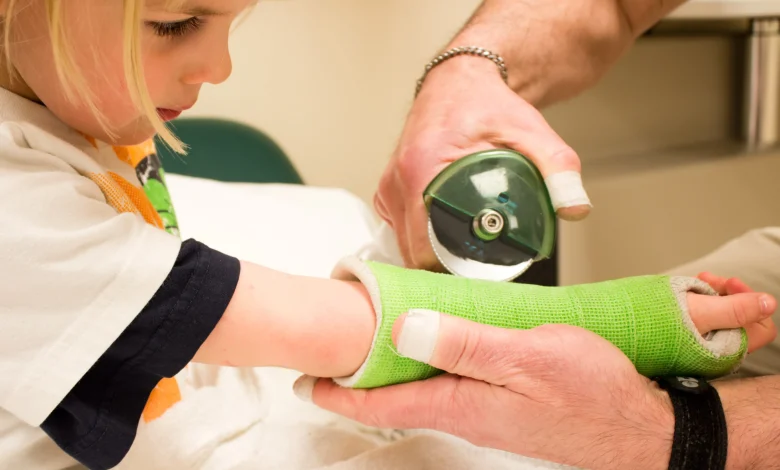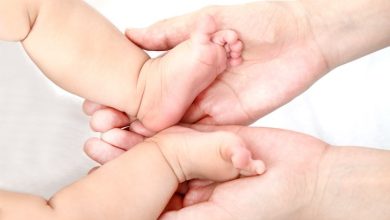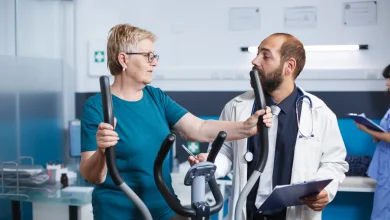Why Pain Doesn’t End When the Cast Comes Off

When the cast is removed, you may think the worst is over. The visible injury is healing, but pain can still linger. For many, this unexpected discomfort feels like an unwelcome guest. Understanding why this pain persists helps you manage it better. Once the physical support is gone, your body and mind work to adjust. Muscles weaken during immobilization. Joints stiffen. Nerves may send mixed signals. Acknowledging these changes is crucial. Your recovery isn’t just about bones mending. It’s also about restoring movement and strength. Remember, healing is a journey needing care and patience. You shouldn’t rush it. You deserve to regain full health at your own pace. On our website, find resources guiding your recovery. These include practical steps for improving flexibility and strength. Support is available. You can overcome this phase with patience and informed action.
Understanding Lingering Pain
When adjusting to life after a cast, pain may seem confusing. Your body endured a lot. Bones heal, but the surrounding tissue also needs time. Scar tissue can form, leading to tightness and discomfort. Ligaments and tendons adapt differently. Such differences can create a mix of sensations. Discomfort can come from your body still adapting to its usual shape. Recognizing this helps set realistic goals for healing.
Steps to Aid Recovery
Taking proactive steps aids your recovery. Simple exercises can improve your strength and flexibility. Here’s what you can do:
- Start with gentle stretching. This eases muscle tension.
- Engage in low-impact activities like walking or swimming.
- Use heat therapy. Warmth can soothe stiff muscles.
Consistency in these activities makes a difference. They help restore balance and function to your injured limb.
Consultation and Support
Consult a healthcare provider. Their guidance ensures you’re healing properly. They can recommend physical therapy. Professional help can make recovery smoother. You deserve expert advice tailored to your needs. Additionally, support groups offer shared experiences and tips. Connecting with others can ease emotional stress.
Data on Post-Cast Recovery
| Recovery Activity | Estimated Time for Improvement | Expected Outcome |
| Stretching Exercises | 2-4 weeks | Improved Range of Motion |
| Physical Therapy | 4-6 weeks | Increased Strength and Flexibility |
| Low-Impact Activities | 6-8 weeks | Enhanced Joint Function |
Mental and Emotional Aspects
Physical recovery is important, but so is mental health. Pain can affect your mood. Feeling down or anxious during recovery is common. Find ways to relax. Mindfulness activities like meditation can help. Breathing exercises promote calmness. Engaging in hobbies distracts from discomfort. Remember, emotional wellness supports physical healing.
Adapting to Change
Your life adjusts after injury. Be adaptable and open to new routines. Perhaps you need assistive devices temporarily. These tools can aid mobility and comfort. Trying new methods fosters resilience. Staying positive aids recovery.
Resources for Recovery
Reliable resources are vital. Explore government health sites for guidance. The National Institute of Arthritis and Musculoskeletal and Skin Diseases offers valuable information. Understanding your condition empowers you. Stay informed about the best strategies for healing.
Your journey to recovery might take time. Each small step matters. You’re not alone. Reach out for help and use available tools. Trust in your body’s ability to heal. Remember, patience and persistence pave the way to recovery.




